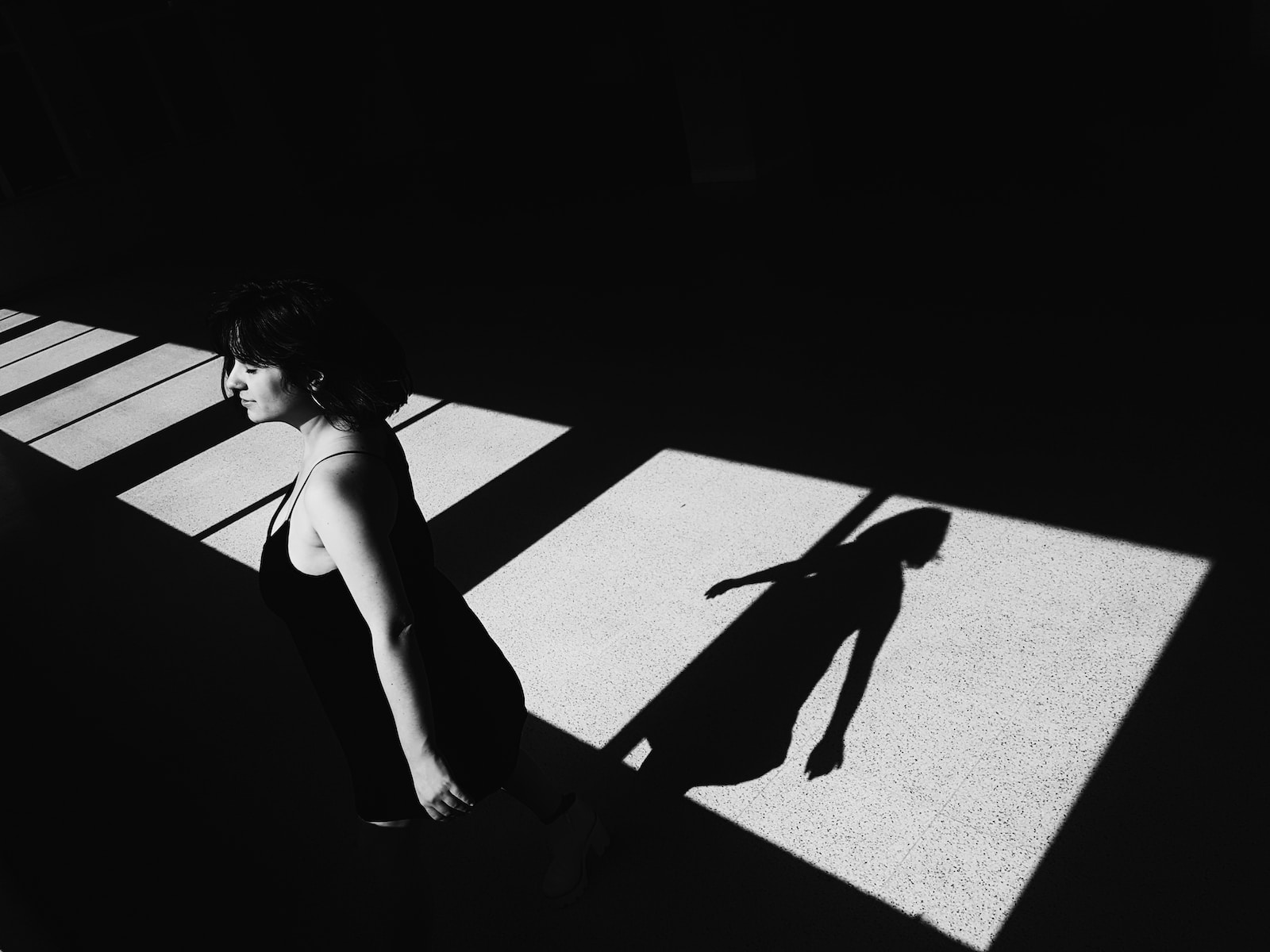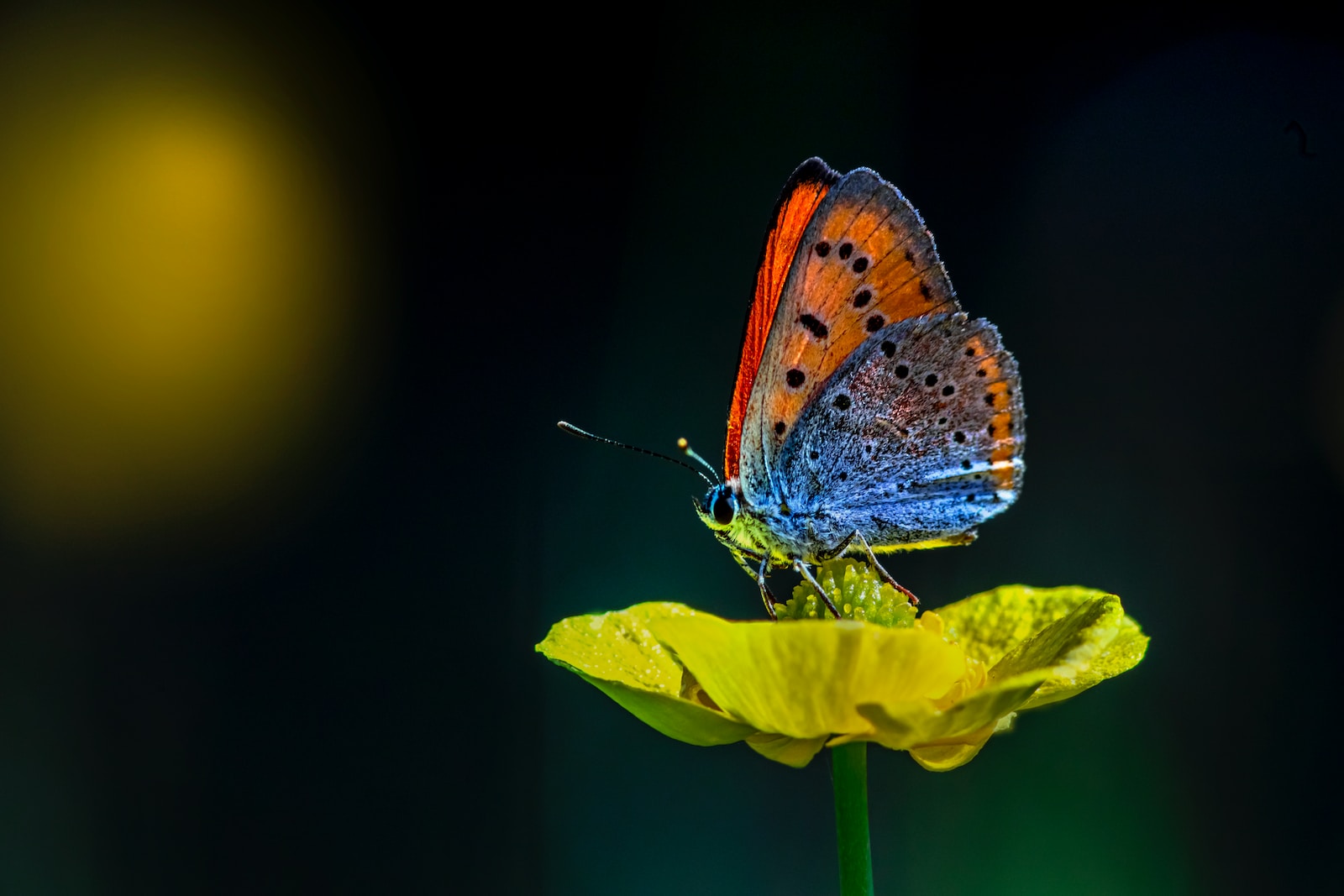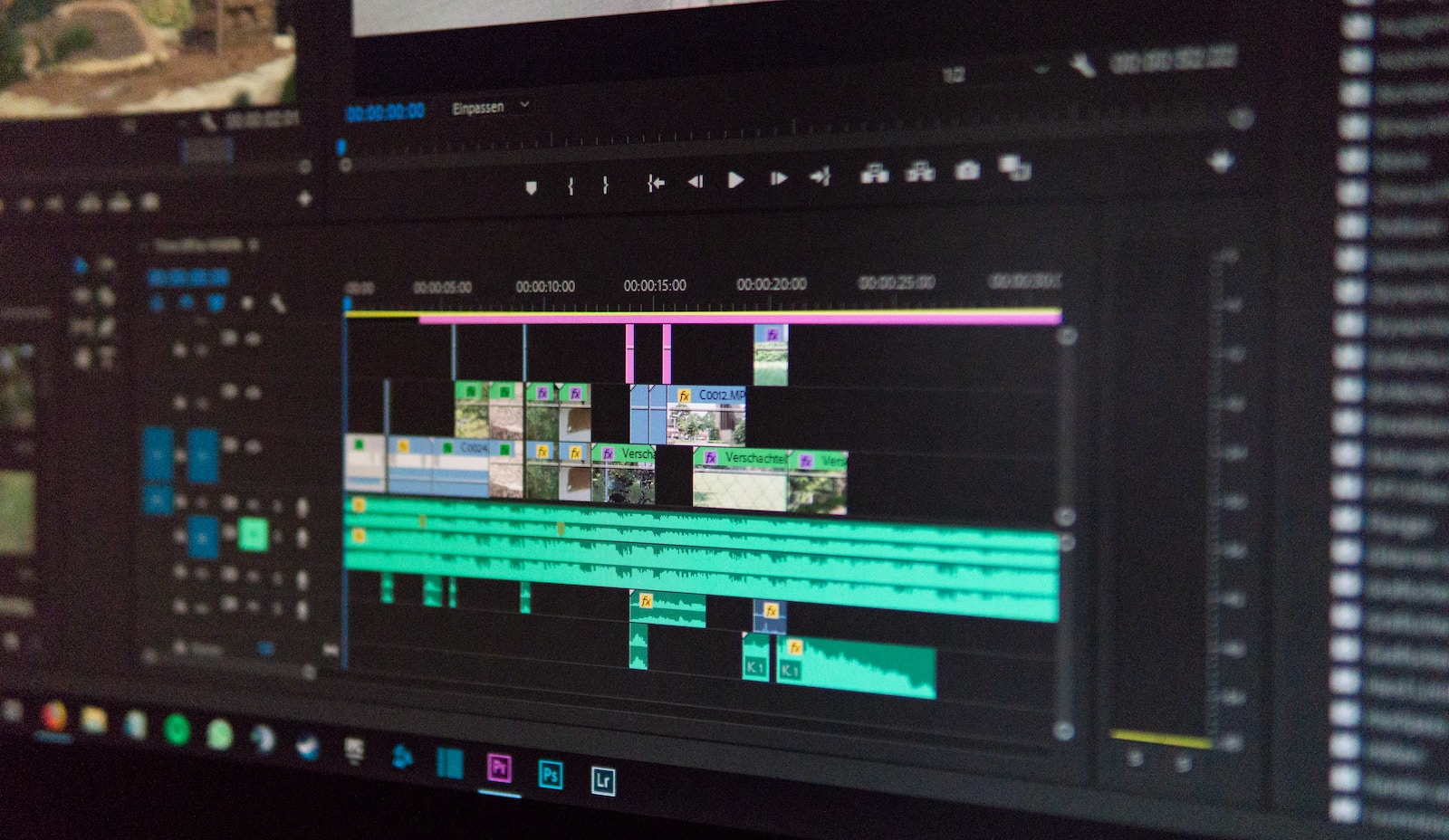Welcome to “Playing with Shadows: A Photography Guide”! Are you ready to embark on a mesmerizing journey through the captivating world of shadow photography? Discover the art of using light and contrast to create stunning black and white images that leave an indelible impression. Whether you’re a professional photographer or just starting out, this blog offers valuable insights, tips on composition, camera settings, and post-processing techniques that will elevate your skills to new heights. Get ready to unlock your creative potential as we delve into the enchanting realm of shadow photography!
Table of Contents
Exploring the Intricacies of Shadow Photography
Shadow photography is a captivating genre that allows photographers to play with the interplay of light and darkness, creating stunning and visually compelling shots. By harnessing the creative potential of shadows, you can add depth, contrast, and intrigue to your images. Let’s embark on a journey to delve into the world of shadow photography and uncover its unique features that make for exceptional photographs.
Contrasting Light and Shadows
One of the key aspects of shadow photography is the contrast between light and shadows. By intentionally placing your subject in a way that captures the contrasting elements, you can create compelling visuals. Look for interesting and unusual lighting conditions, such as strong sunlight filtering through tree branches or creating long shadows during the golden hour.
Transitions between light and shadow can also be visually appealing. Experiment with capturing subjects in the transitional zones, where the light gently fades into darkness or vice versa. This technique adds a dynamic and ethereal quality to your images.
The Beauty of Black and White
Shadow photography often lends itself well to black and white imagery. By removing color distractions, black and white photos allow the viewer to focus on the interplay between light and shadows. The absence of color emphasizes the tonal range, textures, and patterns created by the shadows, revealing a whole new dimension to your photographs.
When composing your black and white shadow photographs, pay attention to the tones and contrasts present in the scene. Make use of the various shades of gray, from pure whites to rich blacks, to add depth and drama to your images. Experiment with different lighting angles and intensities to create intriguing shadows with nuanced tones.
Additionally, post-processing plays a crucial role in enhancing the dramatic impact of black and white shadow photographs. Adjusting the contrast, clarity, and sharpness can help emphasize the textures and details, while dodging and burning techniques can further enhance the shadowy areas.
Remember, the choice to create black and white shadow photographs isn’t obligatory. Some scenes may benefit from the subtle hues and colors present in color photography. Ultimately, it depends on your artistic vision and the mood you wish to convey.
So grab your camera and start exploring the intriguing world of shadow photography. Experiment with different lighting conditions, compositions, and camera settings to capture the beauty and mystery that lies within the interplay of light and shadows. Whether you choose to embrace the timeless allure of black and white or experiment with vibrant colors, let your creativity flow and capture images that evoke emotions and leave a lasting impression. Did you know that shadow photography can add depth, mystery, and drama to your shots? By playing with light and contrast, you can create stunning black and white images that capture the essence of the subject.
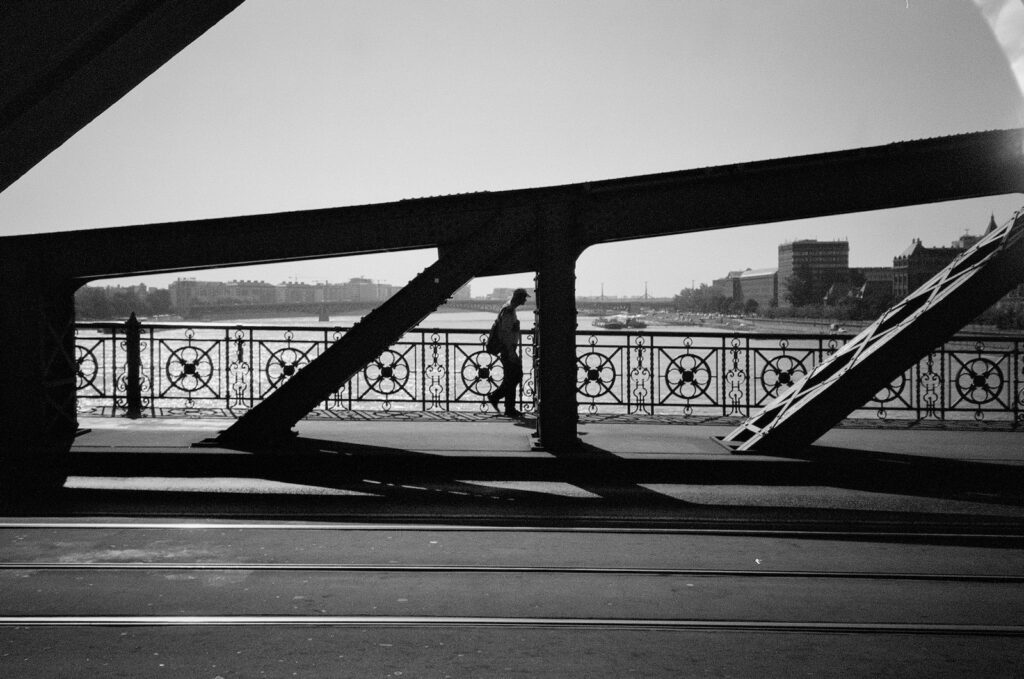
Understanding the Impact of Shadows
Shadows can dramatically transform an ordinary scene into a visually captivating masterpiece. They add depth, dimension, and a sense of mystery to your photographs. By playing with shadows, you can create intriguing compositions that evoke emotions and engage viewers. Utilize shadows as an essential tool in your photography arsenal to enhance storytelling and create unique visual experiences.
Harnessing Natural Light
One of the key elements in shadow photography is harnessing natural light. The angle, intensity, and direction of light can significantly affect the formation and appearance of shadows. Experiment with different times of day to capture the desired mood and atmosphere. Play with backlighting, sidelighting, and frontal lighting to define shapes, highlight details, and create interesting shadow patterns in your images.
Contrast and Drama
Contrast is a crucial element when working with shadows. The stark contrast between light and shadow can create a sense of drama, emphasizing the subject and adding visual impact to your photographs. Seek out scenes with high contrast or experiment with artificial lighting to enhance the interplay between light and shadow. Embrace the dynamic range of tones, from deep blacks to vibrant highlights, to create striking visual compositions.
Leading Lines and Silhouettes
Use shadows to create leading lines that guide the viewer’s eye through the frame. The elongated shapes formed by shadows can direct attention to the main subject or lead the viewer to explore the entire scene. Silhouettes against contrasting backgrounds can also be powerful compositions, focusing on the shape and outline of the subject while embracing the dramatic effect of shadows.
Emphasizing Texture and Patterns
Shadows can accentuate the textures and patterns present in a scene, adding depth and visual interest. Observe how shadows interact with different surfaces, such as rough textures or repetitive patterns, and use them to your advantage. Experiment with sidelighting to enhance the three-dimensionality of surfaces and amplify the texture in your images.
Playing with Reflections
Reflections can create fascinating compositions when combined with shadows. Look for reflective surfaces like mirrors, water, or glass that can interact with light and shadows in intriguing ways. Experiment with the placement of your subject to capture multiple reflections and immerse them in the captivating interplay of light, shadow, and mirror-like surfaces.
Capturing Shadows: Exposure and Metering
To effectively capture shadows, understand how your camera meters light. In challenging lighting conditions with extreme contrast, consider using spot metering mode to expose for the shadows and preserve highlight details. Experiment with different exposure compensation values to achieve the desired outcome while maintaining a balanced exposure.
Post-Processing Shadows: Highlights and Shadows Adjustment
During post-processing, you can enhance the impact of shadows by fine-tuning highlight and shadow adjustments. Carefully adjust the sliders to reveal details in the shadows without blowing out the highlights. Utilize local adjustment tools to selectively manipulate shadows and highlights, bringing out the desired level of contrast and tonal range in your images.
Conveying Emotion and Mood
Black and white photography offers a timeless aesthetic that allows shadows to take center stage. By eliminating color distractions, black and white images can evoke a range of emotions and convey a sense of nostalgia, mystery, or drama. Experiment with monochrome processing techniques to enhance the visual impact of shadows and create powerful storytelling images.
Visualizing the World in Tones
Train your eye to see the world in tones when capturing black and white shadow photography. Observe how light and shadows interact with different subjects and explore the tonal range within the scene. Pay attention to the various shades of gray, from pure black to bright white, and use them to compose images that highlight the beauty and complexity of shadows.
Post-Processing for Impact: Contrast and Clarity
In black and white shadow photography, post-processing plays a crucial role in creating impactful images. Adjusting contrast and clarity can bring out the intricate details and textures within shadows, resulting in images with depth and visual interest. Experiment with different editing techniques to emphasize the contrast between light and shadow, giving your black and white photographs a compelling and dramatic atmosphere.
Did you know that the famous photographer Henri Cartier-Bresson often used shadows as compositional elements in his iconic street photography?
Tips and Techniques for Capturing Mesmerizing Shadow Photographs
Capturing shadow photography can be a fascinating and creative way to add depth, drama, and contrast to your images. Whether you are a professional photographer or an enthusiast, these tips and techniques will help you master the art of shadow photography.
1. Utilize Natural Light for Dramatic Shadows
When it comes to shadow photography, natural light is your best friend. The angle and intensity of sunlight can create captivating shadows that add visual interest and depth to your images. Experiment with different times of the day to capture soft and long shadows during the golden hour or harsh and dramatic shadows during midday.
2. Play with Contrast and Texture
To amplify the impact of your shadow photos, focus on contrasting elements and textures. Look for interesting surfaces or objects that cast compelling shadows against a plain background, such as a wall or pavement. Contrasting elements, like a delicate flower casting a shadow on a rough brick wall, can create visually striking compositions.
3. Embrace Black and White Photography
Black and white photography is the perfect medium to emphasize the interplay of light and shadow. Shadows tend to have more prominent shapes and forms in monochrome images, enhancing their visual impact. Experiment with converting your shadow photographs to black and white to create timeless and evocative compositions.
4. Experiment with Silhouettes
Silhouettes are another intriguing way to incorporate shadows into your photography. Position your subject in front of a well-lit background and underexpose the image to capture a distinct silhouette. The resulting dark shape against a bright background creates a powerful and mysterious effect, allowing the viewers’ imagination to fill in the details.
5. Pay Attention to Composition
Composition plays a crucial role in shadow photography. Instead of aiming for a perfectly centered subject, consider using the rule of thirds or leading lines to enhance the overall aesthetics of your image. Experiment with different angles and perspectives to make the most out of the intriguing shapes and patterns created by shadows.
6. Post-Processing Enhancements
Once you have captured your shadow photographs, post-processing can further enhance their impact. Adjusting the contrast, brightness, and shadows in editing software can help you achieve the desired atmosphere and mood. Experiment with different editing techniques to add emphasis to the shadows or create unique effects.
By following these tips and techniques, you can unleash your creative potential and create mesmerizing shadow photographs that captivate and intrigue your viewers. Remember, practice makes perfect, so keep experimenting and pushing the boundaries of your shadow photography skills!
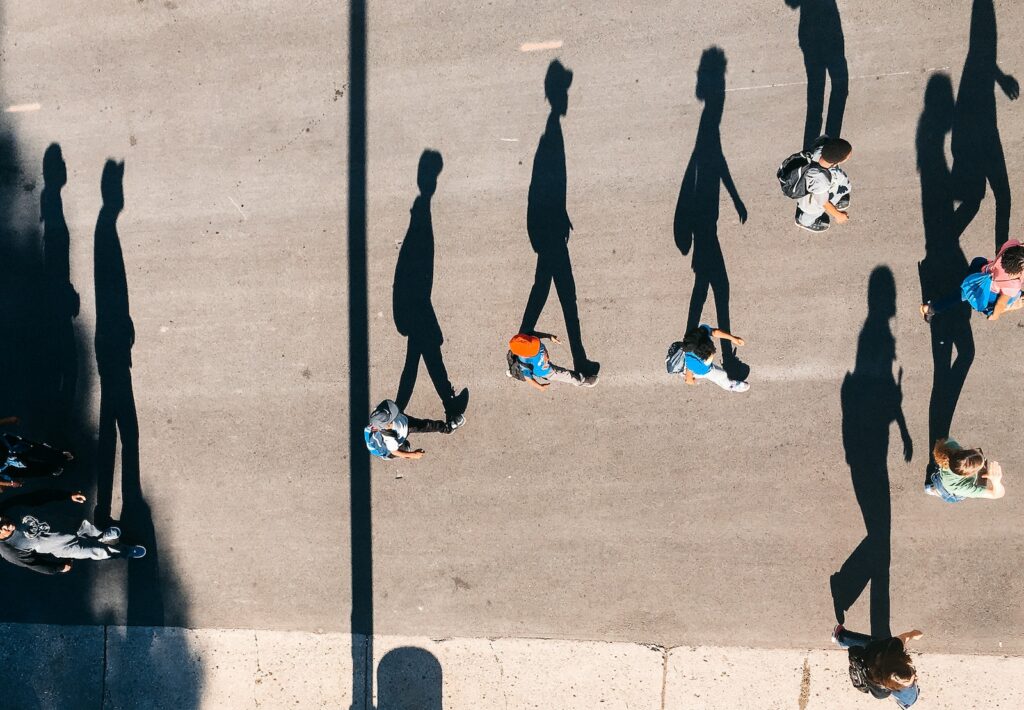
Frequently Asked Questions
1. What is shadow photography?
Shadow photography is a form of art that focuses on capturing the beauty and creative potential of shadows in images. By playing with light, contrast, and composition, photographers create stunning visual effects that evoke emotions and tell unique stories.
2. How can I make the most of shadows in my photography?
To make the most of shadows in your photography, try the following techniques:
- Look for interesting shapes and patterns created by shadows.
- Experiment with different angles and positions of light sources.
- Emphasize the contrast between light and shadow to add drama and depth.
- Use the interplay of light and shadow to guide the viewer’s focus.
- Explore black and white photography to enhance the impact of shadows.
3. What camera settings should I use for shadow photography?
When shooting shadow photography, consider these camera settings:
- Set a low ISO to minimize noise and maintain image quality.
- Choose a wide aperture (low f-number) for a shallow depth of field and to make the shadows stand out.
- Adjust the shutter speed based on the desired effect, whether it’s freezing the motion or creating a long exposure.
- Experiment with different white balance settings to achieve the desired mood and color tones.
4. How can I enhance shadows during post-processing?
In post-processing, you can enhance shadows to bring out their full potential:
- Adjust the levels or curves to improve the contrast between shadows and highlights.
- Use dodging and burning techniques to selectively lighten or darken specific areas.
- Apply a black and white or sepia tone to emphasize the mood and atmosphere of the image.
- Experiment with different gradient filters to enhance the gradient of shadows.
5. Are there any recommended resources for learning more about shadow photography?
Absolutely! Here are some recommended resources to dive deeper into the world of shadow photography:
- ExampleWebsite.com – This website offers in-depth tutorials and tips on shadow photography techniques and composition.
- PhotographyForum.com – Join this online community to engage with fellow photographers and learn from their experiences with shadow photography.
- Example Bookstore – Explore a wide range of books dedicated to shadow photography for further inspiration and knowledge.
- ExampleBlog.com – Visit this blog regularly for updates, tips, and showcases of shadow photography from photographers around the world.
Wrap Up
In conclusion, shadow photography offers endless opportunities for creativity and storytelling. By understanding how to manipulate light, contrast, and composition, you can bring your images to life.
Remember, when working with shadows, don’t be afraid to experiment and be bold with your compositions. Use the power of contrast to create intriguing visual narratives and explore the beauty of black and white photography.
Whether you’re a beginner or an experienced photographer, practice and experimentation are key. So grab your camera, find interesting light, and immerse yourself in the captivating world of shadow photography.
We hope this guide has inspired you to explore the enchanting realm of shadows. If you have any questions or would like to share your own experiences, feel free to leave a comment below. Engage with other photography enthusiasts and let’s keep the conversation going!
